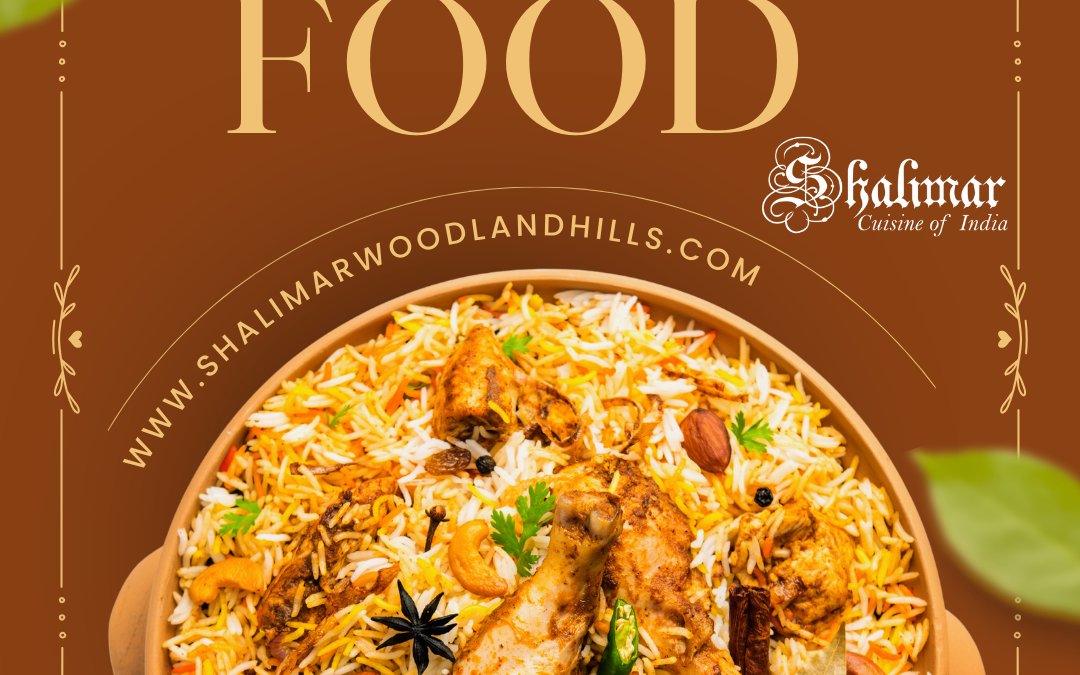
Classic Indian Food: The Secrets Behind Authentic Curry Flavors
January 6, 2025
Why Biryani Tops the List for Indian Food Delivery in Your City
January 6, 2025Indian food is a celebration of flavor, color, and aroma – and at the heart of it all lies an intricate tapestry of spices. From the rich heat of cumin to the warm, earthy notes of turmeric, spices are the soul of Indian cooking. But what makes these spices so essential, and how do they come together to create the iconic curries loved around the world? This journey into the spices of Indian food will reveal the secrets behind their unique combinations and highlight how they shape the character of each dish.
The Building Blocks of Flavor
Spices in Indian cooking are more than just seasoning – they define the identity of a dish. Commonly used spices include cumin, coriander, turmeric, cardamom, cinnamon, cloves, and mustard seeds. Each one contributes a distinct layer of flavor, and their careful balance transforms simple ingredients into complex, flavorful meals.
For example, turmeric lends curries their signature golden hue and earthy bitterness, while cumin adds a nutty, peppery warmth. Cardamom and cinnamon bring a subtle sweetness, often used in richer, cream-based curries. By toasting whole spices before grinding or adding them to a dish, the flavors intensify, creating a deep, aromatic base known as tadka or tempering.
Signature Spice Blends
While individual spices play a vital role, it’s the blending of spices that sets Indian food apart. The most famous of these blends is garam masala, a fragrant mix that varies by region and household. Typically, garam masala includes cinnamon, cloves, cardamom, cumin, and nutmeg, providing warmth and complexity to dishes.
Another essential blend is panch phoron, used in Eastern India, which combines five whole spices – cumin, fennel, mustard, fenugreek, and nigella seeds. This blend creates a burst of flavor when fried in oil, making it a popular choice for vegetable-based curries.
Regional Spice Variations
Indian curries differ significantly based on regional spice preferences. In North India, dishes like butter chicken feature mild, creamy sauces flavored with garam masala and fenugreek. In contrast, the curries of South India often incorporate curry leaves, mustard seeds, and tamarind, resulting in tangy, spicy flavors. Coastal areas favor coconut, black pepper, and seafood-friendly spices, while Rajasthan’s arid climate inspires curries with dried red chilies and asafoetida.
The Role of Fresh Ingredients
In addition to dry spices, fresh ingredients like ginger, garlic, green chilies, and cilantro are vital for creating authentic curry flavors. These ingredients add brightness and balance to the richer spices, ensuring a well-rounded dish.
The secret to Indian food lies in the harmonious blending of spices, each contributing its own character to the dish. Whether you prefer the subtle sweetness of North Indian curries or the bold heat of Southern flavors, the spices tell a story of culture, tradition, and craftsmanship. Ready to experience the magic of Indian spices? Start with a simple curry, explore the spices, and savor the layers of flavor that make Indian cuisine truly unforgettable.
Next article Prev article
